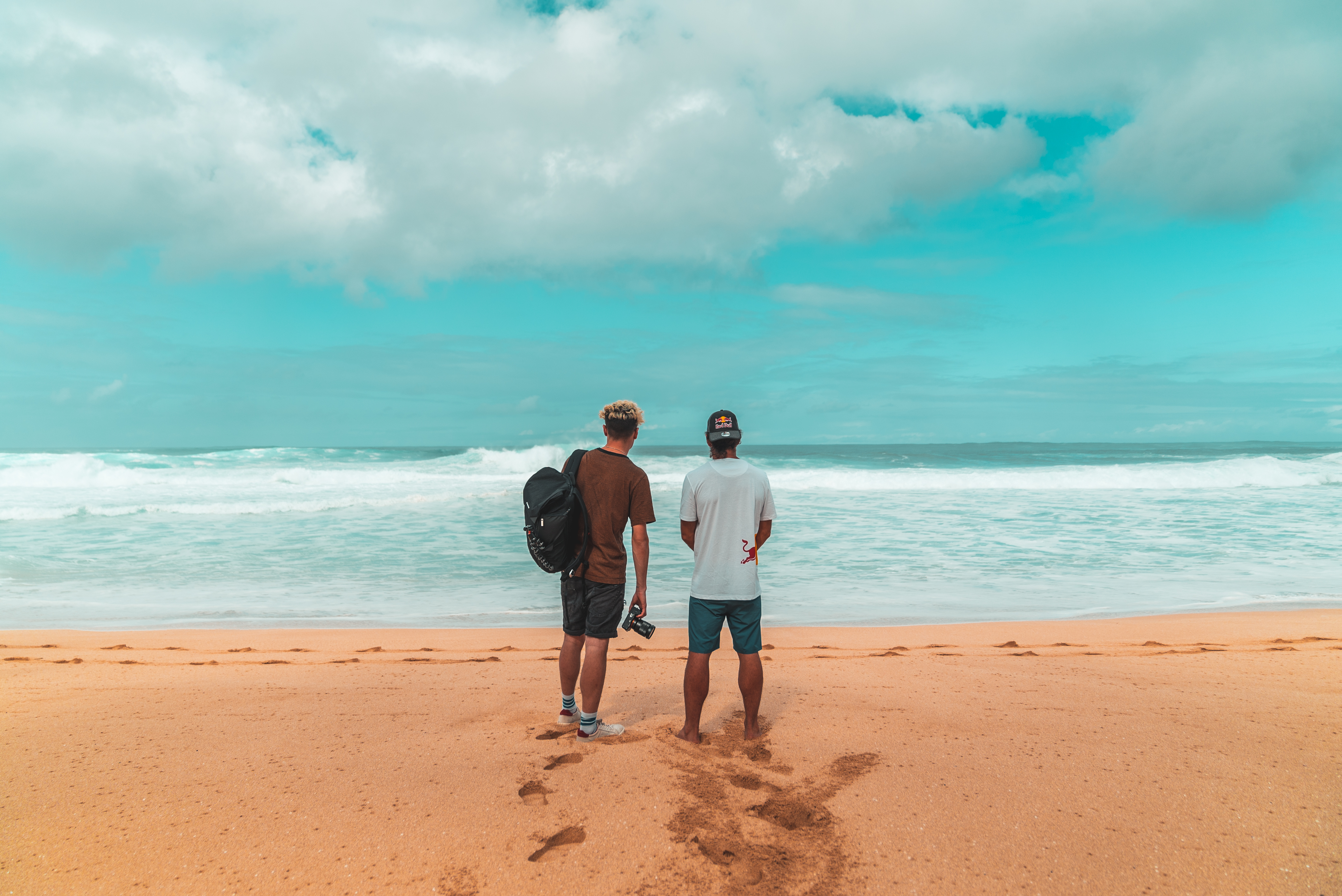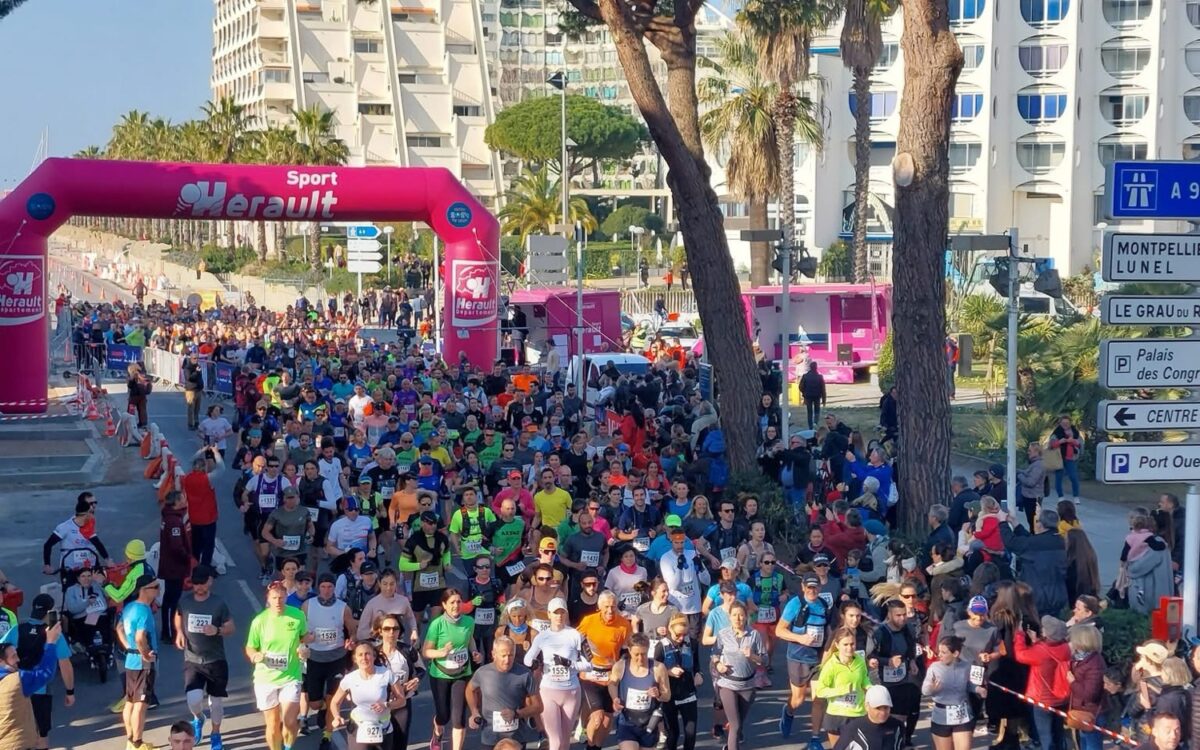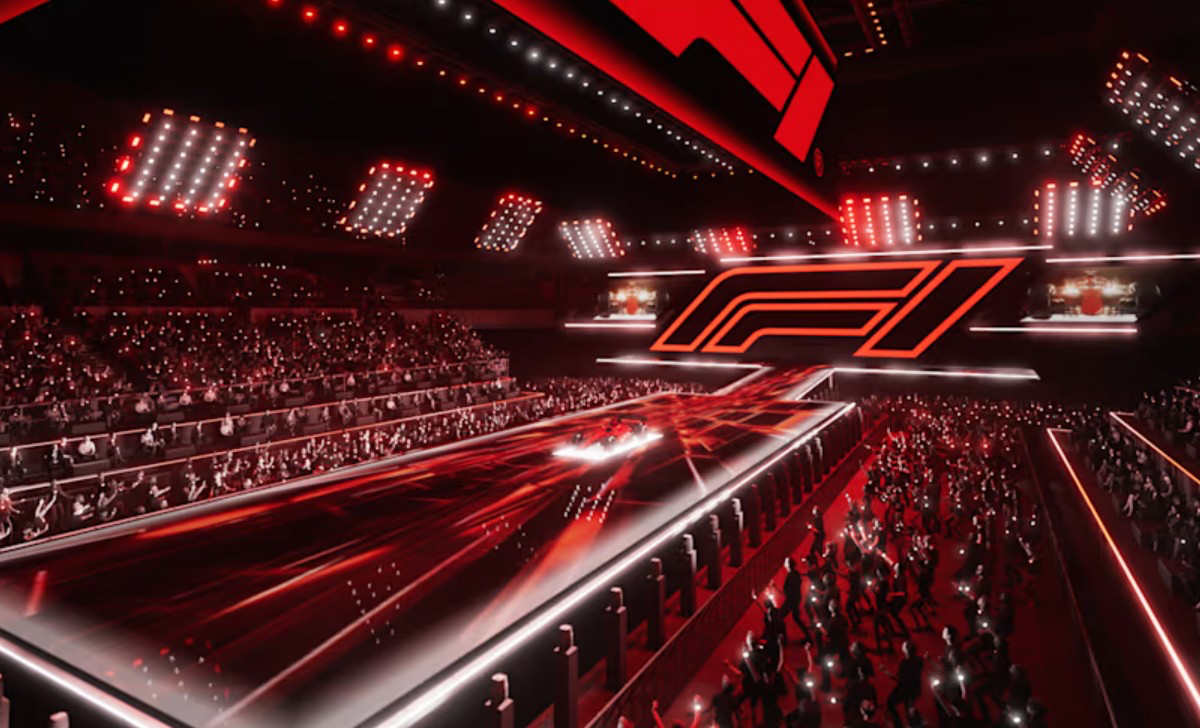Surfing in the wake of kings – The Origins of Wave Riding with Hugo Pinheiro
YouTube filmmaker Andy Burgess joins five-time European bodyboarding champ, Hugo Pinheiro, on a trip to Hawaii to explore the history of wave riding with some of the sport’s most celebrated watermen.
When we think of modern waveriding the image that comes to mind is of a surfer cutting the green face of a wave standing up. But the truth is bodyboarding, or boogie boarding as Tom Morey labelled it in the 1971, is the closest interpretation of the ancient art of surfing.
Filmmaker Andy Burgess accompanies five-time European bodyboarding champ, Hugo Pinheiro on a voyage to Hawaii, the birthplace of waveriding, to discover the origins and evolution of bodyboarding. “The bodyboard changed my life completely and that of countless others,” says Hugo, sat on the sands of the North Shore. “That is why it is very important to know the origins of my sport.”
Along the way, Andy and Hugo meet bodyboard royalty, Mike Stewart and Kainoa McGee, to talk about the development of the boards, from the wooden paipo and Aiaio planks of Waikiki to the technically refined waveriding tools that bodyboarders now shred at pipe. Here, on the North Shore of Oahu, and now the world over, performance shaping and technical materials have given riders the key to parts of big waves that previously had gone uptapped.
Burgess and Pinheiro also paddle out with Hawaiian pro surfers CJ Kahuna and Cliff Kapono to test drive replicas of ancient Hawaiian surfboards, made from locally sourced mango and koa, and get a feel for how the ancient Melanesians and Polynesians rode waves.
If you’re looking for a dose of history to add to your waveridiing addiction, there’s no better trip to take than this one with Burgess and Pinheiro to Hawaii.
But the question remains: surrounded by all these surf legends, will Burgess step off into the ocean and give bodyboarding a go?
Watch here to find out!

Surfen im Kielwasser der Könige: Hugo Pinheiro und die Ursprünge des Wellenreitens
Auf einem Trip nach Hawaii erforscht der YouTube-Filmemacher Andy Burgess mit dem fünfmaligen Bodyboarding-Europameister Hugo Pinheiro (POR) und einigen berühmten Wassersportlern die Geschichte des Wellenreitens.
Wenn man heute an Wellenreiten denkt, erscheint vor dem inneren Auge das Bild eines Surfers, der eine hohe Welle stehend durchschneidet. Tatsächlich ist es aber das Bodyboarden – oder Boogieboarden, wie Tom Morey es 1971 getauft hat –, das dem historischen Stil des Surfens am nächsten kommt.
Filmemacher Andy Burgess begleitet den fünfmaligen Bodyboarding-Europameister Hugo Pinheiro auf einer Reise nach Hawaii, dem Geburtsort des Wellenreitens, um den Anfängen und der Evolution des Bodyboardens auf die Spur zu kommen. „Das Bodyboard hat mein Leben und das von unzähligen anderen Menschen komplett verändert“, schwärmt Hugo Pinheiro am North Shore von Oahu. „Deswegen ist es wichtig, die Ursprünge meines Sports zu kennen.“
Auf ihrem Trip treffen Burgess und Pinheiro die Bodyboard-Legenden Mike Stewart und Kainoa McGee. Mit ihnen unterhalten sie sich über die Entwicklung der Boards von den hölzernen Paipo- und Aiaio-Planken Waikikis bis zu den technisch ausgeklügelten Wellenreit-Tools, mit denen die Bodyboarder heute durch den Pipeline-Break an Oahus North Shore jagen. Hier und überall auf der Welt haben leistungsorientierte Shapesund hochtechnische Materialien den Ridern den Schlüssel zu großen Wellen gegeben, die sie früher nie hätten abreiten können.
Burgess und Pinheiro paddeln auch mit den einheimischen Surfprofis CJ Kahuna und Cliff Kapono auf das Meer hinaus, um Nachbauten historischer hawaiianischer Surfboards auszuprobieren, die aus dem Holz regionaler Mango- und Koa-Gewächse gebaut wurden. So erhalten sie ein Gefühl davon, wie einst die Melanesier und Polynesier über die Wellen glitten.
Alle, die das Wellenreiten lieben und eine Dosis Geschichte gebrauchen können, dürfen sich diesen Hawaii-Trip mit Andy Burgess und Hugo Pinheiro nicht entgehen lassen.
Bleibt nur eine Frage offen: Wird Andy Burgess, in Begleitung all dieser Surflegenden, sich in den Ozean wagen und das Bodyboarden selbst ausprobieren?
Watch the video here: https://www.youtube.com/watch?v=xAQy_VXcqbg&feature=youtu.be








